Lab Projects
Projects worked on as part of the Virtual Experiences Laboratory at UGA. The projects may or may not be associated with publications.
- Unity
- Photon
- VelNet (custom-built networking system)
- Oculus SDK for hand tracking
- Blender
- Work together with fellow students or instructors over the internet to practice land surveying.
- Accurate simulation of land surveying equipment.
- Take notes and perform calculations with a virtual whiteboard.
- Practice statics problems with the benefit of 3D problem visualization.
- Unity
- Photon
- Oculus P2P Networking (earlier in development)
- Blender
- Electron
- Unity
- Compute Shaders
- WMR SDK
- Blender
- CloudCompare
- Unity
- Nav Agents
- Animation Controllers
- Blender (animations)
- Maya
- Unity
- Custom Shaders
- Blender
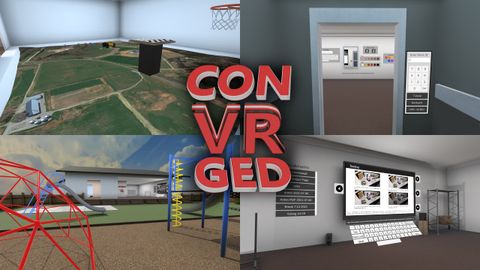

conVRged
Multi-purpose VR meeting application
Also previously known as Virtual Family Room (VFR)
Users join other users in a meeting space to meet and to collaborate. Whiteboards, presentation screens, and shared activities help users engage with each other. conVRged has an advantage over passive communication technologies, such as video chat, because it provides an increased sense of participation and engagement.
Tools Used:
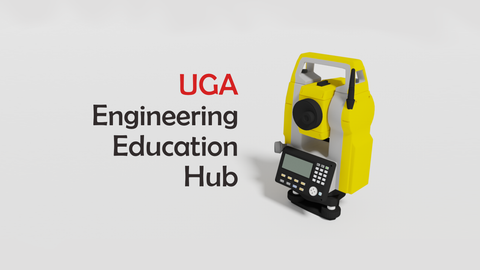

ENGREDUVR
Land Surveying training application
Engineering Education in VR at UGA
Land Surveying
Statics
Tools Used:
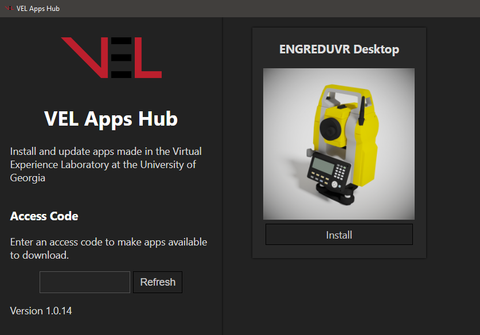

VEL Apps Hub
An installer/updater for apps created in the Virtual Experiences Laboratory at the University of Georgia
The creation of this app allowed for easy distribution and management of updates for other applications developed for various studies on multiple platforms.
In particular, entire classes of students were tasked with using ENGREDUVR on their personal laptops using VEL Apps Hub.
Tools Used:
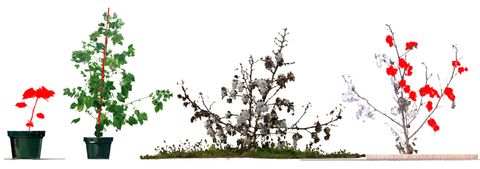

DataFoldvr
Point Cloud Annotation Tool
Point cloud rendering and annotation tools for VR. Rendering is done with a continuous level of detail system that optimizes the task area and the center of the view while maintaining high framerates for VR. Annotation is performed in realtime on the GPU using compute shaders, and the resulting annotations can be exported to disk for use in training data for machine learning algorithms.
Tools Used:
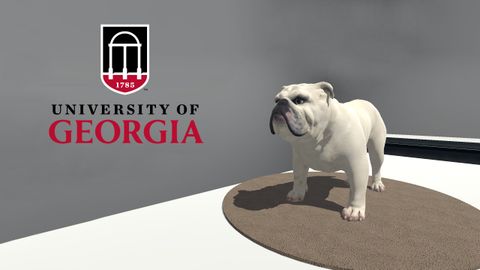

NERVE-Dawg
Practice the neurological examination on a dog in VR
Used in cooperation with the School of Veterinary Medicine to train the procedure of the neurological examination.
A study was performed comparing a reality-based user interface to a menu-based approach.
Tools Used:
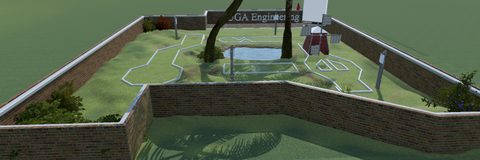

PuttVR
Golf Simulation with Haptic Prop
Used to evaluate performance benefits of a haptic prop for training in VR in a putting application.
Was also later used in mapping large-scale environments to the virtual world before augmented virtuality approaches became common.
Tools Used:
